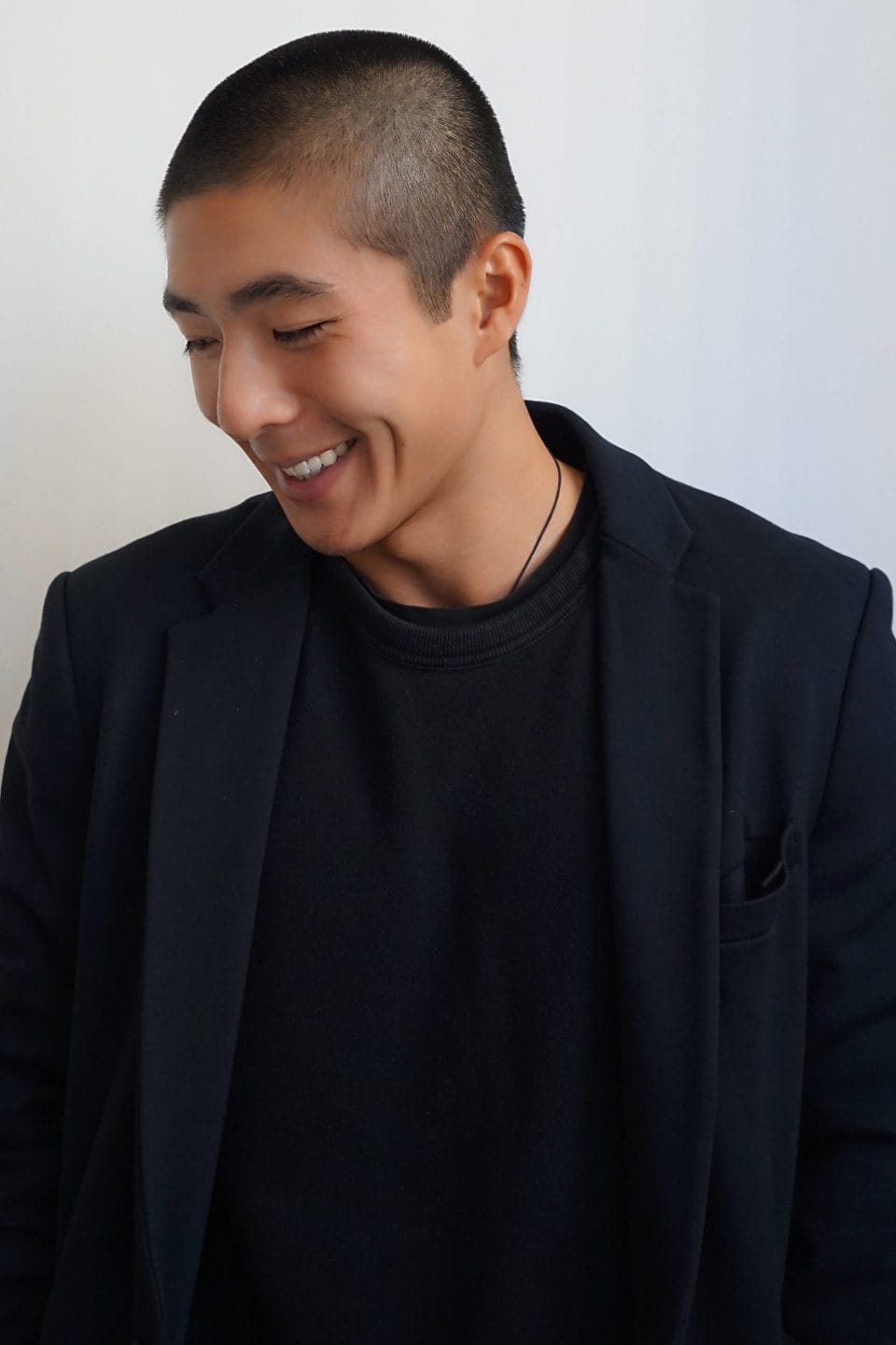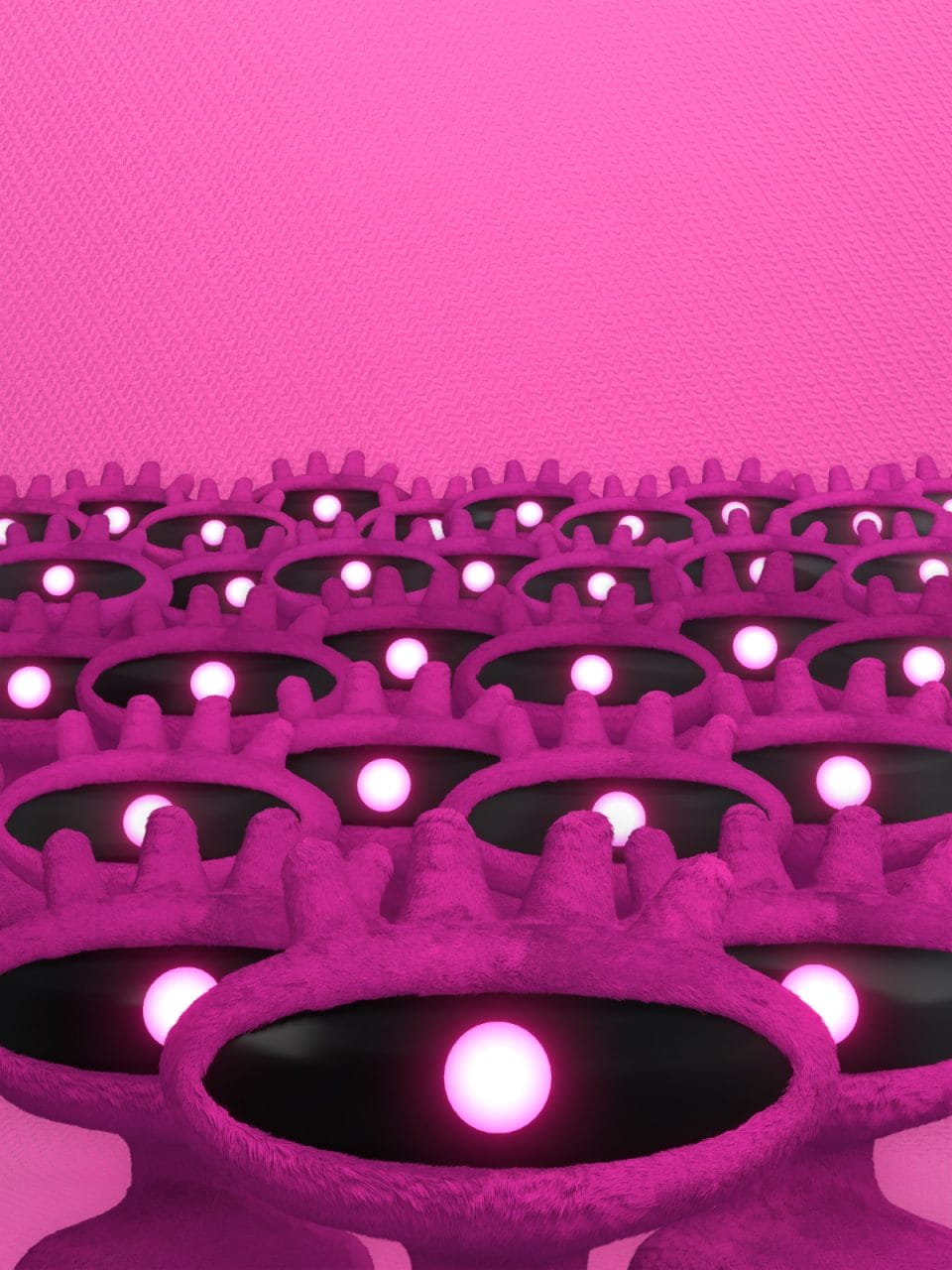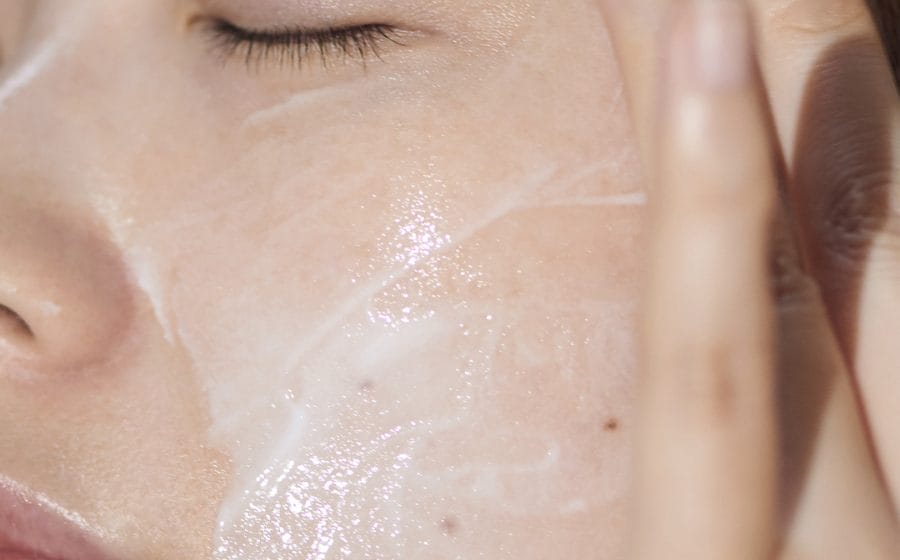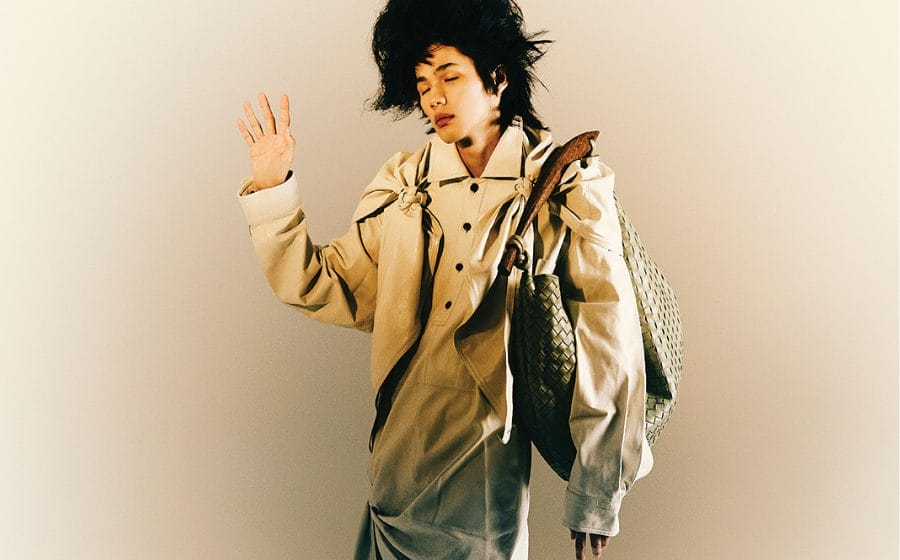
What happens to the artistic value of fashion design in a world that is becoming increasingly digital and meta? Do NFTs diminish the value of art or empower it? How can luxury play a part in conserving the prestige of artistry? We invite Nick Lau, founder of WEAR Digital, to share what he and his platform are planning for fashion’s entrance into the Metaverse.
How did you end up going into tech after studying fashion design at Parsons?
My first business, which I sold around two years ago, was an electronic store. That was sort of my first step into retail. Not tech, but retail. It happened when I went back to Hong Kong and was still studying. While finishing my fashion design degree, I saw an opportunity with space to merge technology with luxury and design to help people shop better, faster and cheaper. The original plan was to use AR (Augmented Reality)to enhance the shopping experience.
I started developing it last year, and since then, we have worked with many brands and partners to continue developing luxury in the Metaverse and for brands to essentially enter it. There’s always a misconception that we are doing digital fashion, even though it is part of what we do. What we actually do is digital luxury, which is about bridging the gap between physical luxury goods and digital collectables, which refers to utility NFTs and tokens that grant access into the brand’s ecosystem instead of a digital dress you would typically wear on Instagram. We are just about exclusive, one-off luxury goods.
For our first drop with Ace Society, a luxury eyewear label, we launched 5,000 digital NFTs and had the rarest 250 editions physically produced as one-offs. Every single one was unique, completely different.
What then led you to look at the Metaverse as an opportunity? Did you read about it somewhere, or do you have friends that were already into the whole cryptocurrency industry?
I was into cryptocurrency quite early, so I looked at Ethereum and Bitcoin before the hype, but I was always interested in the Metaverse. I wasn’t a gamer, so I was just interested in the tokens and Bitcoins, seeing what people can do with these different ones
 Prior to WEAR, there were already existing marketplaces for NFTs. Why did you decide to come up with a completely new platform just dedicated to luxury?
Prior to WEAR, there were already existing marketplaces for NFTs. Why did you decide to come up with a completely new platform just dedicated to luxury?
I would like to use eBay as an example and compare it to OpenSea— the biggest marketplace. It’s permissionless, so anyone can come in and sell or create their items and mint them. You have, of course, other more curated marketplaces, like Super Rare. That’s like Amazon and is a marketplace I would lean towards instead. I like how you need to get verified and approved before you become a proper business. We are probably the Dover Street Market in the NFT space based on how we operate. We’re not just a marketplace; we also let people come in and launch projects. We want to be a part of all the projects we do, be it being involved in the creation or building of it. We want to have skins in the game, that’s why I came up with WEAR.
Essentially, we wanted to create a highly curated and high-fidelity platform for brands to launch because I understand that always comes with many reputational risks. This platform lets them launch projects in the Metaverse and create exclusive experiences for consumers to showcase their collectables. So far, we are looking at 12-15 partnerships every year, and because we are not just a marketplace or platform, we take 30-40% of the commission or revenue share in the partnership. We are positioning ourselves as more niche, curated and dedicated to luxury.
As for the design aspect, I’m interested in how going into the Metaverse affects fashion design. What do you think will happen to something so textile-driven when it becomes digital? Will brands need to design differently?
Yes, a lot of people have pointed this out. I come from Parsons, so I know it’s all about the touch and feel you lose in digital. But if you look at how people are shopping now, especially the new generation, they don’t necessarily need that touch. They don’t need a physical product — they are already spending tons on the Metaverse with games like Fortnite and League of Legends, where they can buy digital skins. So it’s a similar experience, but brands can tap further into these consumers.
That’s why, for me, at least, I’m not a fully digital person — I think that links to your question about how designs interact differently. I think Gen Zs are used to it, as it’s quite an organic transition and flow. I would like to be in between the physical and digital worlds. I believe in the Web 2.5 model. I am trying to bridge Web2.0 and Web 3.0 because if you tell a heritage-driven brand like Louis Vuitton or Prada to go fully into Web 3.0, there will be a lot of issues. So it’s about taking one step at a time by connecting the worlds through our platform and the products that we have created.
Digital garments don’t really make too much sense to me, but if it’s seen as an NFT, a collectable, or an original something from a brand, then I see the catch. If you are just wearing a fire dress on Instagram without any application and minting it for the sake of it, then I don’t see any value. If it is on a gaming platform, then I see the point.
 Then what do you feel about fashion being treated like unique, authentic art in the NFT marketplace? Is the industry becoming more commercialised or really emphasising artistic value? What do you think this reflects about the state of fashion today?
Then what do you feel about fashion being treated like unique, authentic art in the NFT marketplace? Is the industry becoming more commercialised or really emphasising artistic value? What do you think this reflects about the state of fashion today?
Couture is treated as art, but fashion also includes the $10 shirt from H&M I have on now. So, there already is this spectrum within the fashion space anyway. But taking a step back, luxury fashion and NFTs are a perfect match. Luxury is about exclusivity and scarcity, and the blockchain authenticates all that. It puts a stamp on all these digital collectables to limit supply. That is one of the reasons I started WEAR because, as you said, when they are on these marketplaces, they become very commercialised, so there was no one platform that handled it as luxury then.
Dolce&Gabbana created one-of-one well-made pieces, but then AMBUSH minted 10,000 NFTs at once to get white-listed. There are these two ends of the spectrum, so it depends on how you position your brand and the project’s goal. If you are taking a big risk, then you would want to launch a 10,000-NFT project to start building up your community on Discord and Twitter. But if you wanted to be more exclusive with an inner circle product, you would go with the limited five to 10 pieces.
I get that it can be confusing to have both these extremes with NFTs at the same time, but that’s just because all these tokens are decentralised. You can choose to be ZARA or Richard Mille, and both work just fine.
If fashion really takes to the Metaverse, how do you think the fashion ecosystem will change? How do you think fashion can benefit from Web2.5?
The Metaverse, in general, is still in a very early stage of development. If you caught the Metaverse Fashion Week, it’s obvious that things are still in their infancy. So there are definitely many ways fashion can participate, and I think the experience in the Metaverse will improve over time. It’s just how the Metaverse can benefit a brand’s current story; many are still trying to figure out a marketing approach to stay relevant in this Web 3.0 conversation.
What I do predict to see is something I call “microverses”. Decentraland’s sandbox and stuff like that are more mass like eBay. But what we’re doing is a microverse. It works exactly like a Metaverse but just fully curated with high fidelity and quality. So in that sense, I’d be able to curate all the experiences and help brands launch into the Metaverse without the hassle of buying land, renting it, and developing it.
 So what’s next for WEAR?
So what’s next for WEAR?
I definitely want to shy away from the B2B model. I see true value in creating products that we own and develop, whether in partnership with an existing platform like Farfetch or not. So that’s the direction we’re moving towards, trying to establish ourselves as a front-runner within the luxury space.
But I believe there should always be that element of physical-digital. We are learning how to maximise blockchain technology to help brands tap into this new generation. However, we should not forget that the real world exists, and consumers still experience fashion and brands physically in a visceral way.
Once you’re done with this story, click here to catch up with our November 2022 issue.







